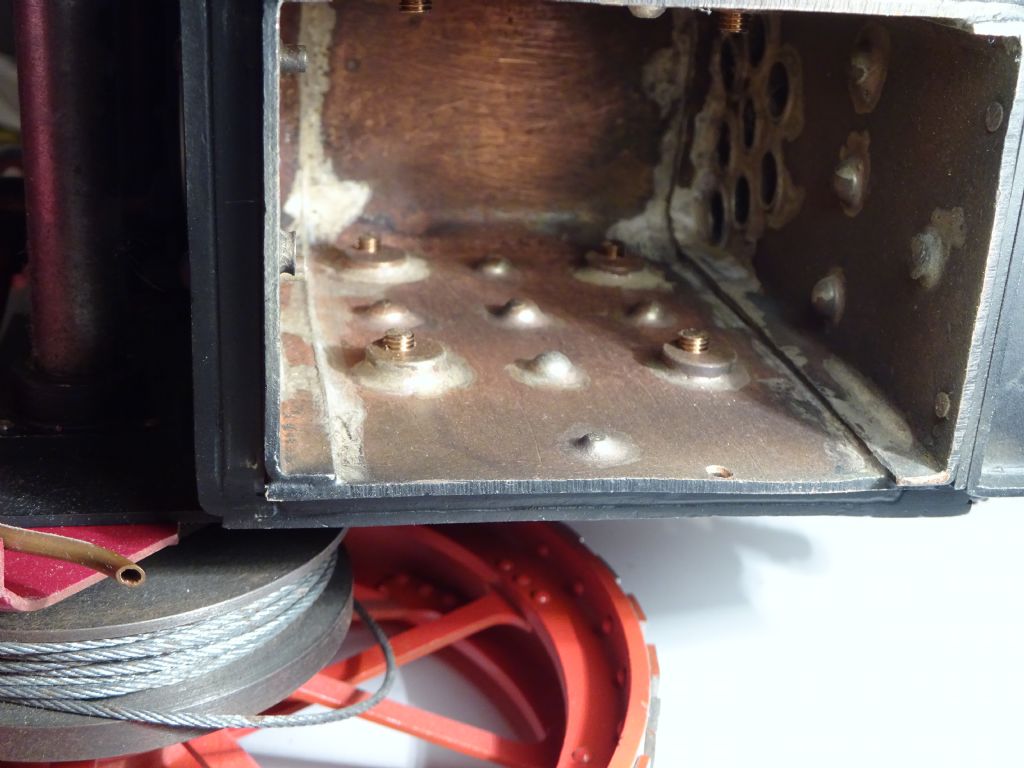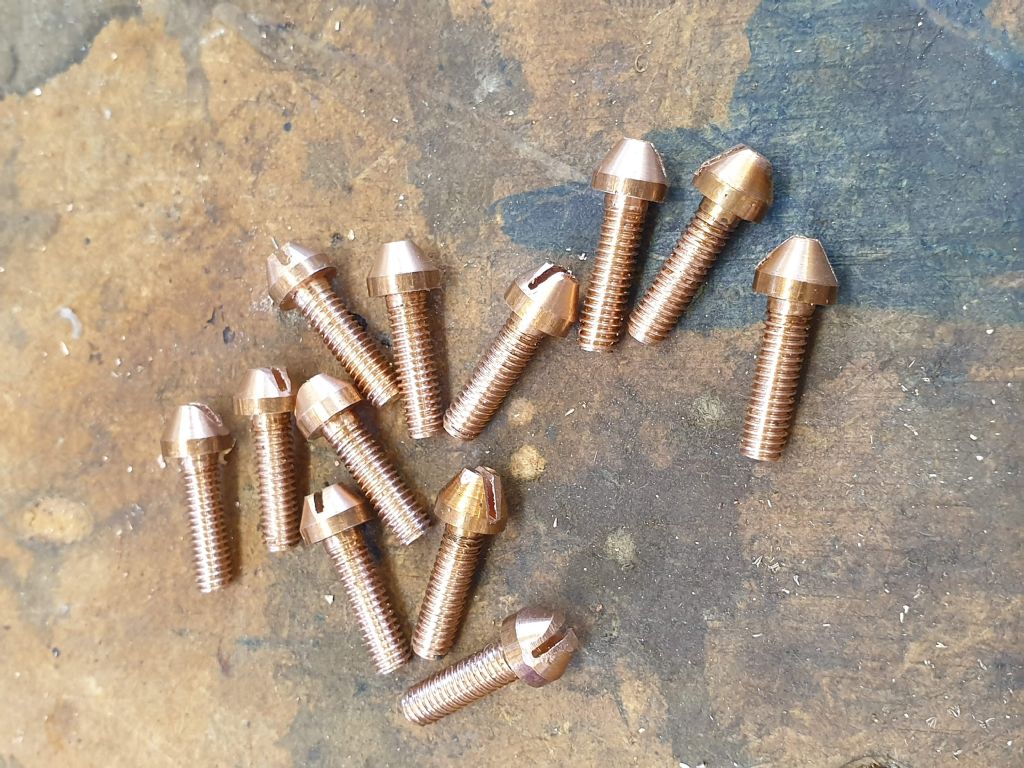1″ Minnie boiler stays
1″ Minnie boiler stays
- This topic has 14 replies, 7 voices, and was last updated 18 November 2020 at 15:33 by
Mark B.
Viewing 15 posts - 1 through 15 (of 15 total)
Viewing 15 posts - 1 through 15 (of 15 total)
- Please log in to reply to this topic. Registering is free and easy using the links on the menu at the top of this page.
Latest Replies
Viewing 25 topics - 1 through 25 (of 25 total)
-
- Topic
- Voices
- Last Post
Viewing 25 topics - 1 through 25 (of 25 total)
Latest Issue
Newsletter Sign-up
Latest Replies
- Myford S7 Taistock Adjustment
- Measuring increments on boring head
- How to wire up 3 phase motor and 3 phase converter?
- Flexispeed Meteor 2
- Problem getting the right parameters on a VFD
- What Did You Do Today 2025
- Powered hacksaw – blade lift for the return stroke
- Damp proofing concrete floors
- New member old lathe
- Elliott Omnimill Quill Clamp






